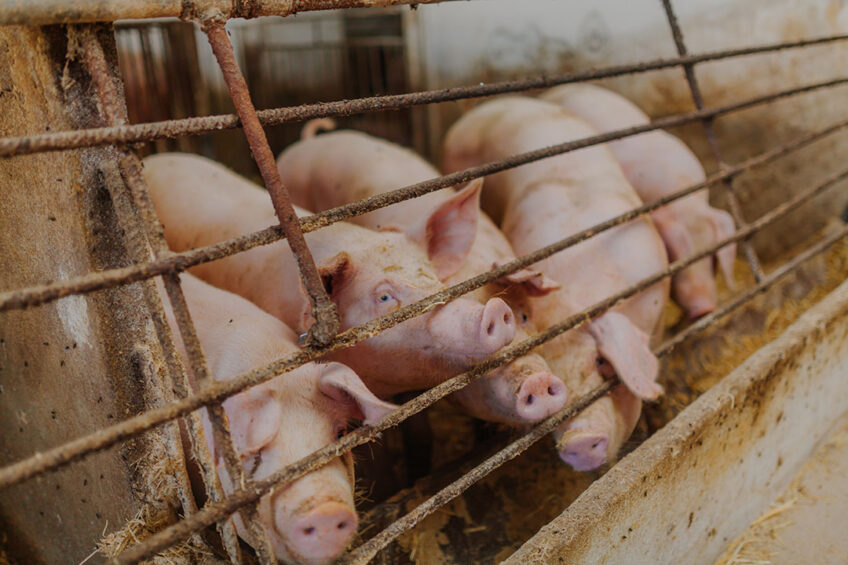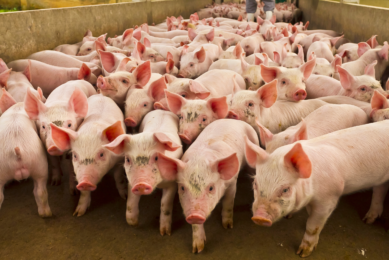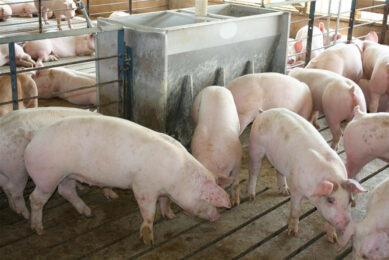US pig industry in dire straits

The levels of profitability that the US pig industry has enjoyed in recent years may take a long time to return. Economist Dr. Lee Schulz of Iowa State University notes that a loss of nearly US $ 21 per pig is expected overall for the US swine industry this year.
Input costs are elevated across the board. Analysis by Kansas State University scientists concludes that from January 2020 to April 2022, corn prices increased by almost 80%, soybeans by 42%, petrol by 48%, and refrigerated trucking rates by 50%. These costs have either stayed the same or worsened this year. California’s Proposition 12 and animal welfare laws in other states are also causing large expenses related to housing retrofits for sows and other pig types.
Smithfield, the largest US pork producer, after announcing in May that it would close dozens of farms in Missouri announced October 9 that it will soon close a North Carolina pork processing plant, citing efficiency reasons.
Taste to blame?
Meanwhile, demand for pork is low and may drop further. This could partly be due to inflation or the efforts of animal welfare groups, but Jim Long, president of genetics company Genesus noted that while meat consumption remains very high, pork consumption as a percentage of that has declined.
In a recent edition of his regular commentary, Long stated that “chicken has kicked our ass” over the last 6 decades. Per capita annual consumption of chicken was 28 lbs. (12.7 kg) in 1960 and it’s now over 100 lbs (45 kg), he said, where pork over that time has dropped from 59 lbs (26.8kg) to about 54 lbs (24.5 kg).
Long notes that the main driver of consumer choice is taste, and asks if the quest for ever-leaner pork has damaged his industry. “Many know the pork they produce, they do not want to eat…many restaurants do not have loin on the menu. Why?… We all know the problem. We are producing loins that taste like crap.”
Hog futures
Reuters news agency reported on October 20 that lean hog futures on the Chicago Mercantile Exchange have fallen to life-of-contract lows, with worries for weak demand front and center. Lean hog futures are described as a critical “hedging instrument” that help manage the risks of price volatility. Reuters quoted independent futures trader Dan Norcini observing “fears of recession coming… and possibly that’s going to affect meat consumption.”
Long noted that if the lean hog futures and grain futures continue their present trend over the next 6 months, “farrow-to-finish producers will lose between $ 20-30 per head. Over that 6 months, let’s estimate 60 million US market hogs leading to a further US$ 1.2-1.8 billion equity loss for the industry. This will be on top of the losses over most of the last year.”











